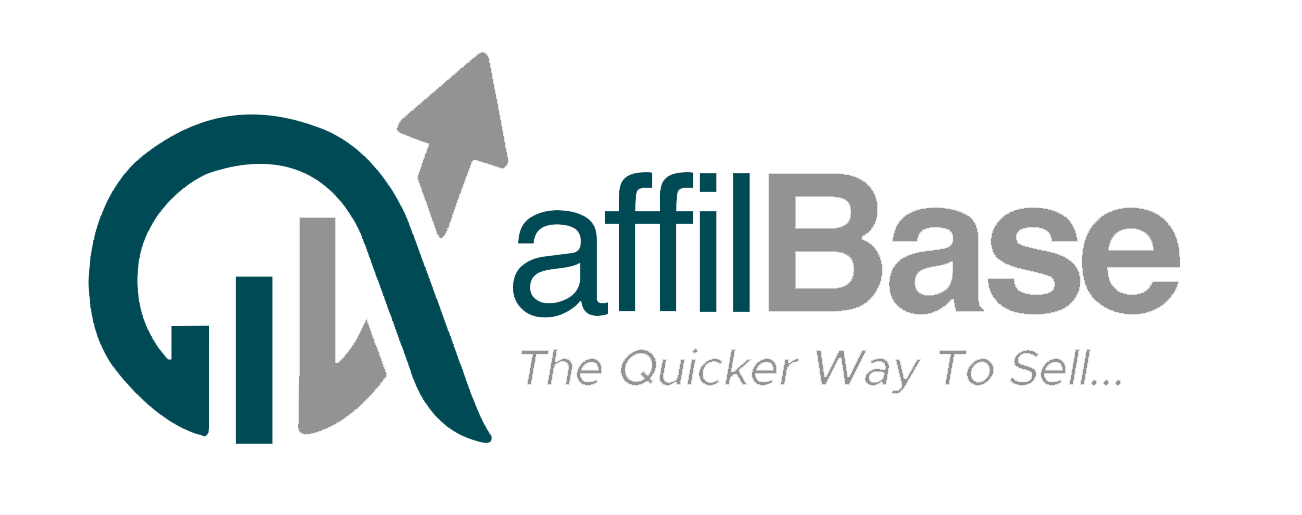Convincing potential clients to make a purchase takes time no matter what you sell or the services you offer. The process of selling takes a while and involves several steps.
What is a sales funnel?
A sales funnel can be described as a graphic representation of the decision-making processes prospective customers go through before making a purchase. Making sales is not the ultimate objective of creating a sales funnel, rather it is to develop loyal, lifelong clients.
It illustrates the step a person takes to patronize you and a sales funnel can assist you in identifying the reason prospects don’t request your services and never convert into full-time customers.
The Four Sales Funnel Stages
To understand how a customer’s mindset works, there are different stages in a sales funnel to pass through. They are as follows;
- Awareness
This stage represents where your prospect learns about your company and what you have to offer.
The prospect may come across your products or services as a result of your advertising, social media, or even through recommendations from previous customers.
The awareness stage is all about attempting to entice the prospect to visit your website again and interact with your business more.
Your sales and marketing skills, of course, will now determine how and why those customers proceed down the sales funnel.
- Interest
The goal here is to explain reasonably to the prospect what you are aiming to solve and assist the customer in making an informed choice.
Prospective customers will patronize your brand based on their level of interest after learning about the services or products. offer. To be certain that what you offer is a better remedy, they will consider the issue they are seeking to solve and perform competitive research.

- Decision
This stage in the sales funnel represents the customer’s readiness to purchase. He or she may be debating between two or three possibilities which might include you. To persuade prospects to buy at this level, sales websites, webinars, and phone conversations are useful.
This serves as an opportunity to make your best offer.
- Action
This is where the consumer purchases from you or another person. Whether the person makes a purchase or not, your main focus should be on customer retention. To make sure you remain in people’s minds, you can launch advertising campaigns.
How to create a sales funnel:
- Collect data and analyze your audience:
Speaking with your audience is the best approach to understanding what they need. Your sales funnel gets more productive the more you understand your audience and will work better as you collect more information about your audience. You don’t necessarily need to advertise to everyone. You’re only out to target customers who will be interested in what you have to offer.
- Create a landing page:
A landing page serves as the first chance or medium for a prospective customer to learn about your company, its goods, and services on the landing page. Prospects may click an advertisement or link on a social network website, download an e-book, or register for a webinar to get to your landing page.
Your landing page should also explain your brand’s identity and special advantages. Instead of trying to close sales, concentrate on capturing leads. This is your chance to impress and win over your prospects, so take advantage of it.
- Engage your audience
Your prospects must become familiar with your goods and services, and several tactics can help with that. You can consider creating engaging blogs, making interesting videos, involving influencers and asking them to critique and teach about your items, and making use of social media to promote your content. You can also run email marketing campaigns.
- Keep in touch and keep the process going
Your sales funnel doesn’t with a call to action but when a monetary transaction has occurred. Until then, you should keep cultivating your relationships and communication.
If the prospect ends up becoming a customer, keep the relationship going by teaching them about your goods or services, interacting with them frequently to foster loyalty, and providing excellent service to keep them as valued clients. Send them frequent emails to stay in touch if the potential customer decides not to buy.
Conclusion
Building a sales funnel is a continuous process, starting with recognizing the need to do so, wondering how to get started, to tracking performance while removing obstacles and tweaking it to increase conversions.
Take the time to develop a sales funnel that reflects your goals and those of your target audience.

